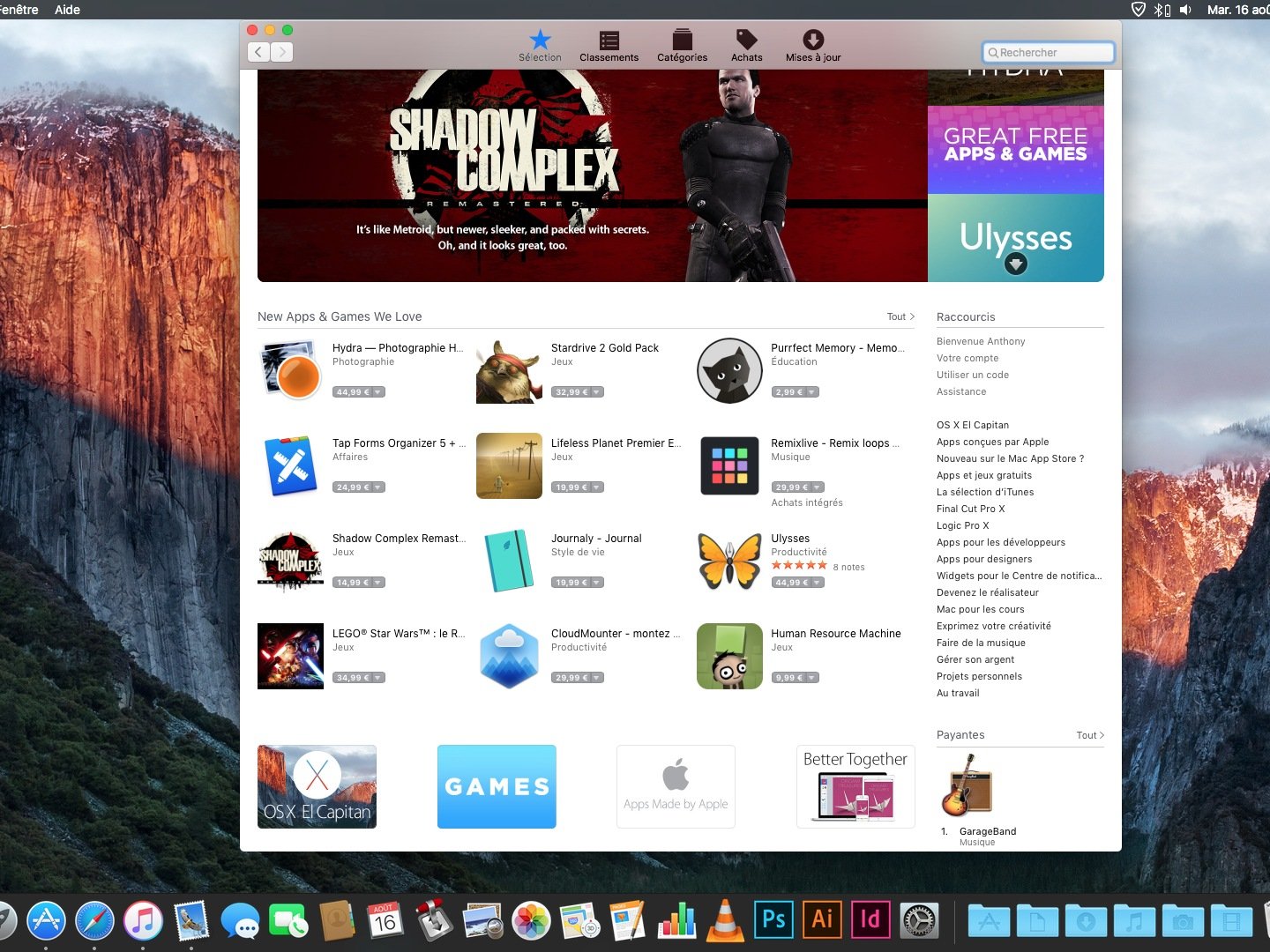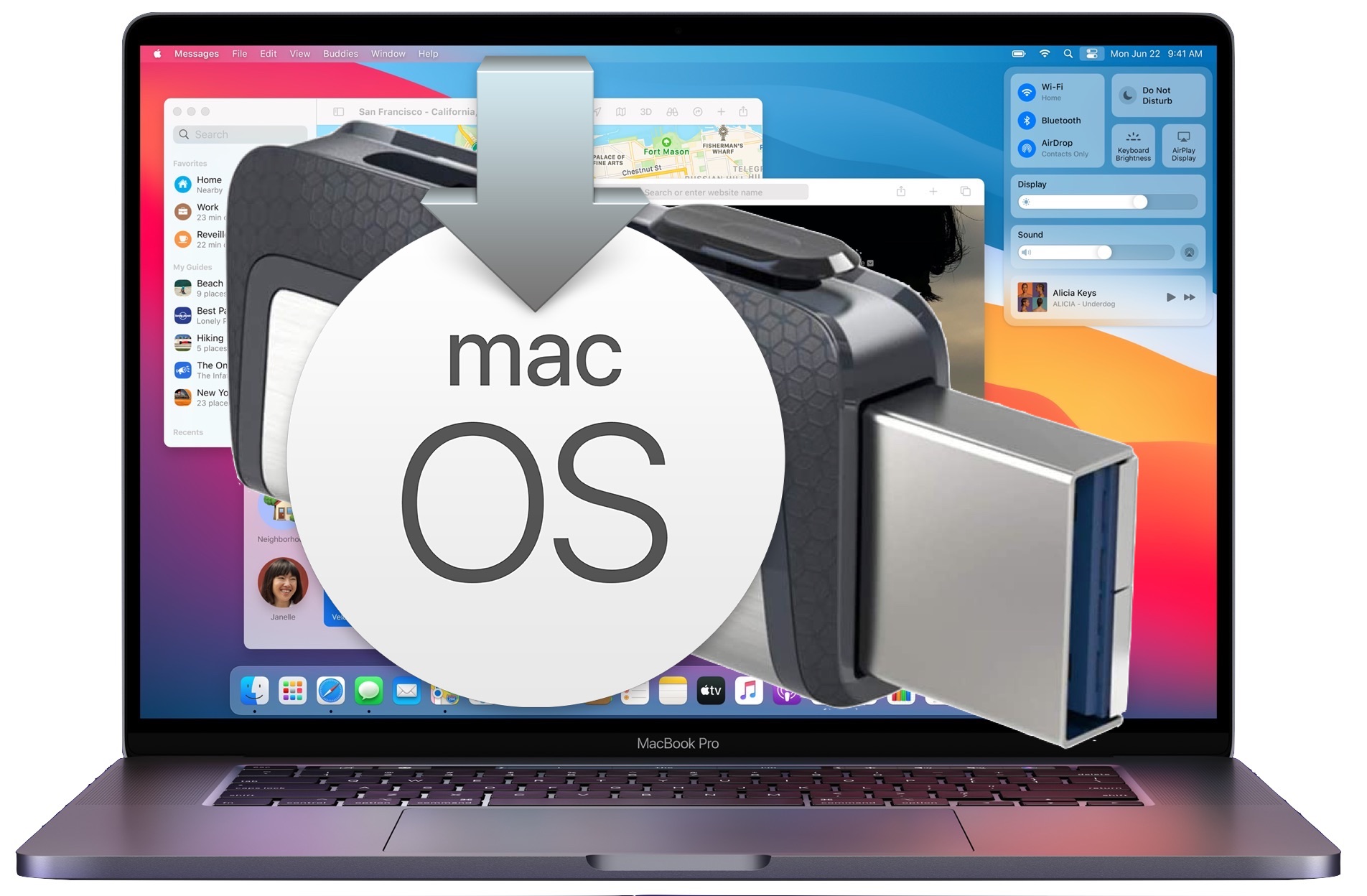Follow the article, and you would learn how to create installation media or disc step by step for Windows 10/8/7 with writable USB flash drive or CD on an accessible computer.
Why we create Windows installation media?

Besides installing or reinstalling Windows operational system on a computer, installation disc would also help to reset Windows 10 forgotten password for local account. So you know how important it is when you are locked out of Windows 10 computer and have no available administrator, password reset disk and don’t find or want to use third-party software.
Create Bootable Usb For Catalina 3.0
Preparation before installation media creation:
What you need to create a bootable installer A USB flash drive or other secondary volume formatted as Mac OS Extended, with at least 14GB of available storage A downloaded installer for macOS Big Sur, Catalina, Mojave, High Sierra, or El Capitan. On the off chance, the user needs to create a Windows 7 bootable USB drive with a 4GB drive. Be that as it may, on the off chance that you need to make a bootable drive of Windows 8, Windows 8.1 or Windows 10, then it’s imperative for you to get an 8GB USB drive. Writable USB flash drive or CD with enough storage space, at least 4 GB of space; Windows product key; How to create Windows 7 installation disc. If you want to create a Windows 7 installation disc, there is one more thing you would need to prepare. That is Windows 7 product key. If you have more than one Mac you want to upgrade to macOS 10.15 Catalina but don't want to waste so much bandwidth downloading it for each machine, one option is to create a bootable installer on.
- Internet connection
- Writable USB flash drive or CD with enough storage space, at least 4 GB of space
- Windows product key
How to create Windows 7 installation disc
If you want to create a Windows 7 installation disc, there is one more thing you would need to prepare. That is Windows 7 product key. Otherwise, you cannot download Windows 7 ISO file from Microsoft.
1. Go to Windows 7 download page and enter product key to Verify.
https://www.microsoft.com/en-us/software-download/windows7
2. If product key is available, you would be able to select product language such as “English“. Click Confirm.
3. Click 32-bit Download or 64-bit Download to download Windows 7 installation file. The download link is only valid for 24 hours.
4. After downloading the ISO file, you can burn it into a DVD by right-clicking it in Windows Explorer and selecting “Burn disc image” to burn it to a disc. Then you would get Windows 7 installation disc.
How to create Windows 8 installation media
Creating installation media for Windows 8/10 would be different from Windows7 because you can use media creation tool Microsoft provides to directly download system file and burn the file into blank USB flash drive or CD.
1. Click Download Tool Now to download Media Creation Tool on Microsoft.
https://www.microsoft.com/en-us/software-download/windows8
2. Run Media Creation Tool on your accessible computer and insert USB or CD.
3. Select the Windows system you want to create installation media for. Click Next.
- Language: English
- Edition: Windows 8.1, Windows 8.1 N, Windows 8.1 Pro, Windows 8.1 Pro N, Windows 8.1 Single Language
- Architecture: 32-bit (x86), 64-bit (x64)
4. Select appropriate device, USB flash drive or ISO file on Media Creation Tool. Click Next.
5. Choose the removal drive you have plugged into computer. And click Next.
A message would pop up and prompt you that the files on the USB drive/CD would be deleted. So blank USB drive or CD is recommended, and you would not lose data on the removal device. But if you want to continue, click OK please.

6. The media creation tool would download the installation file and burn the file to USB or CD. Click Finish button at last on the creation tool.
How to create Windows 10 installation media
1. Go to Microsoft website and download Windows 10 media creation tool with a link Download tool now Mac os x version 10.11 download youtube. on an accessible computer.
https://www.microsoft.com/en-us/software-download/windows10
2. Double-click the program you download to launch media creation tool.
3. Accept Microsoft software license terms.
4. Select what you want to do, such as “Create installation media for another PC“. Click Next.
5. Uncheck “Use the recommended options for this PC“, and select Windows edition, language and architecture and click Next to download Windows 10 installation file.
- Language: English (United States), select the one you are familiar with or want
- Edition: Windows 10, Windows 10 Home Single Language, Windows 10 N
- Architecture: 32-bit (x86), 64-bit (x64), or Both
6. Choose which media you want to use to create installation media. Click Next.
Similarly, Windows 10 installation file would be downloaded and burned into USB or CD. You would get a Windows 10 installation USB or CD disc, which you can get to reinstall Windows 10 computer or reset forgotten local account password for locked Windows 10.
Related Articles:
These advanced steps are primarily for system administrators and others who are familiar with the command line. You don't need a bootable installer to upgrade macOS or reinstall macOS, but it can be useful when you want to install on multiple computers without downloading the installer each time.
What you need to create a bootable installer
Create Bootable Usb For Catalina
- A USB flash drive or other secondary volume formatted as Mac OS Extended, with at least 14GB of available storage
- A downloaded installer for macOS Big Sur, Catalina, Mojave, High Sierra, or El Capitan
Download macOS
- Download: macOS Big Sur, macOS Catalina, macOS Mojave, or macOS High Sierra
These download to your Applications folder as an app named Install macOS [version name]. If the installer opens after downloading, quit it without continuing installation. To get the correct installer, download from a Mac that is using macOS Sierra 10.12.5 or later, or El Capitan 10.11.6. Enterprise administrators, please download from Apple, not a locally hosted software-update server. - Download: OS X El Capitan
This downloads as a disk image named InstallMacOSX.dmg. On a Mac that is compatible with El Capitan, open the disk image and run the installer within, named InstallMacOSX.pkg. It installs an app named Install OS X El Capitan into your Applications folder. You will create the bootable installer from this app, not from the disk image or .pkg installer.
Use the 'createinstallmedia' command in Terminal
- Connect the USB flash drive or other volume that you're using for the bootable installer.
- Open Terminal, which is in the Utilities folder of your Applications folder.
- Type or paste one of the following commands in Terminal. These assume that the installer is in your Applications folder, and MyVolume is the name of the USB flash drive or other volume you're using. If it has a different name, replace
MyVolumein these commands with the name of your volume.
Create Bootable Usb Linux
Big Sur:*
Catalina:*
Mojave:*
High Sierra:*

El Capitan:
* If your Mac is using macOS Sierra or earlier, include the --applicationpath argument and installer path, similar to the way this is done in the command for El Capitan.
After typing the command:
- Press Return to enter the command.
- When prompted, type your administrator password and press Return again. Terminal doesn't show any characters as you type your password.
- When prompted, type
Yto confirm that you want to erase the volume, then press Return. Terminal shows the progress as the volume is erased. - After the volume is erased, you may see an alert that Terminal would like to access files on a removable volume. Click OK to allow the copy to proceed.
- When Terminal says that it's done, the volume will have the same name as the installer you downloaded, such as Install macOS Big Sur. You can now quit Terminal and eject the volume.
Use the bootable installer
Determine whether you're using a Mac with Apple silicon, then follow the appropriate steps:
Apple silicon
- Plug the bootable installer into a Mac that is connected to the internet and compatible with the version of macOS you're installing.
- Turn on your Mac and continue to hold the power button until you see the startup options window, which shows your bootable volumes and a gear icon labled Options.
- Select the volume containing the bootable installer, then click Continue.
- When the macOS installer opens, follow the onscreen instructions.
Intel processor
- Plug the bootable installer into a Mac that is connected to the internet and compatible with the version of macOS you're installing.
- Press and hold the Option (Alt) ⌥ key immediately after turning on or restarting your Mac.
- Release the Option key when you see a dark screen showing your bootable volumes.
- Select the volume containing the bootable installer. Then click the up arrow or press Return.
If you can't start up from the bootable installer, make sure that the External Boot setting in Startup Security Utility is set to allow booting from external media. - Choose your language, if prompted.
- Select Install macOS (or Install OS X) from the Utilities window, then click Continue and follow the onscreen instructions.
Learn more
For more information about the createinstallmedia command and the arguments that you can use with it, make sure that the macOS installer is in your Applications folder, then enter the appropriate path in Terminal:
- Big Sur: /Applications/Install macOS Big Sur.app/Contents/Resources/createinstallmedia
- Catalina: /Applications/Install macOS Catalina.app/Contents/Resources/createinstallmedia
- Mojave: /Applications/Install macOS Mojave.app/Contents/Resources/createinstallmedia
- High Sierra: /Applications/Install macOS High Sierra.app/Contents/Resources/createinstallmedia
- El Capitan: /Applications/Install OS X El Capitan.app/Contents/Resources/createinstallmedia
A bootable installer doesn't download macOS from the internet, but it does require an internet connection to get firmware and other information specific to the Mac model.
